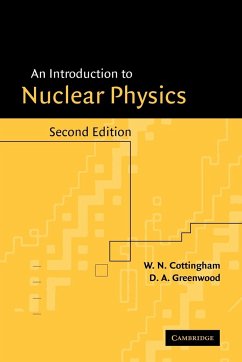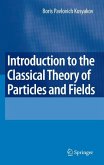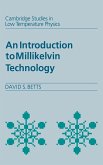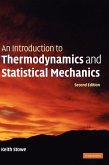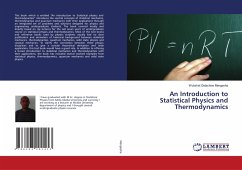This clear and concise introduction to nuclear physics provides an excellent basis for a core undergraduate course in this area. The book opens by setting nuclear physics in the context of elementary particle physics and then shows how simple models can provide an understanding of the properties of nuclei, both in their ground states and excited states, and also of the nature of nuclear reactions. The book also includes chapters on nuclear fission, its application in nuclear power reactors, the role of nuclear physics in energy production and nucleosynthesis in stars. This second edition contains several additional topics: muon-catalysed fusion, the nuclear and neutrino physics of supernovae, neutrino mass and neutrino oscillations, and the biological effects of radiation. A knowledge of basic quantum mechanics and special relativity is assumed. Appendices deal with other more specialized topics. Each chapter ends with a set of problems for which outline solutions are provided.
Hinweis: Dieser Artikel kann nur an eine deutsche Lieferadresse ausgeliefert werden.
Hinweis: Dieser Artikel kann nur an eine deutsche Lieferadresse ausgeliefert werden.
